Twitter is a mess and by “mess” I mean the social interactivity equals out to excrement. It’s humanity fooling itself into thinking it’s having a legitimate conversation. It’s not.
It’d be one thing if we were just gathering to fling metaphoric crap at one another, but it would appear our leaders are being influenced by Twitter when they shouldn’t be. According to Reclaim the Net, new research has shown how easily a small group can make itself seem like a much larger group, influencing leaders to act in favor of a minority of people:
A handful of Twitter users can make so much noise on public debates that they influence real-world decisions, according to Jimmy Tidey, an expert in Twitter tribes and social media analysis. While Twitter is a tool that leaders can use to know people’s views on important issues, they should realize that Twitter users do not usually represent the larger community.
Tidey’s latest research involved Twitter and the controversial public debate in London about low traffic neighborhoods (LTNs). Using graphics, the social media expert analyzed how a small group of Twitter users can influence others, including local governments, that their views are the majority’s views when they’re actually in the minority.
“Factions often present themselves simultaneously as an oppressed minority and the silent majority,” says Tidey. “The filter bubble phenomenon makes users feel that every right-thinking person agrees with them, and factions can build self-reinforcing logic uninterrupted by interactions with people they disagree with.”
Tidey uses the example of “LTN’s” which are low traffic zones in Britain. An argument erupted over the LTN’s with its detractors claiming that they increase traffic congestion and favor the rich over the poor. The argument moved to Twitter where it was analyzed by Tidey:
Using a proprietary social media analytics tool, Tidey analyzed LTN arguments via Twitter’s API (application programming interface). He discovered that 20 of the accounts most engaged in the arguments accounted for more than half of all the arguments against and for.
“A small number of people can make a lot of noise,” says Tidey. “Some Twitter users engage in long threads with up to 40 users tagged in, allowing them to generate huge numbers of connections.”
He explained that the result of such public debates is mostly “unproductive shouting matches.” However, he warned that his analysis shows “Twitter’s capacity to drive civic engagement.”
Local governments are in the middle of such public debates. They see that “many” people are opposing the LTN projects and abandon them. Some councilors buckle to the pressure because what started out as online debate spills over to the real world, and they are targeted with vandalism and even death threats.
The lesson is clear.
Today’s cancel culture goes hand in hand with websites like Twitter. A group of 100 people isn’t a large group in the grand scheme, yet when they unite together with the same message those 100 people can make themselves seem like a much larger group than they are and convince people of things through the sheer force of mob power.
If you’re a town of 20,000, your leaders can be convinced to take action based off the group of 100 consistently tagging them in posts and claiming to represent the greater populace. The same goes for corporations and businesses who often cave to mobs thinking that the majority of the people feel the way the mob does.
It’s important to remember that Twitter is not real life and that getting carried away by the undertow of tweets isn’t necessary. Twitter isn’t real life.
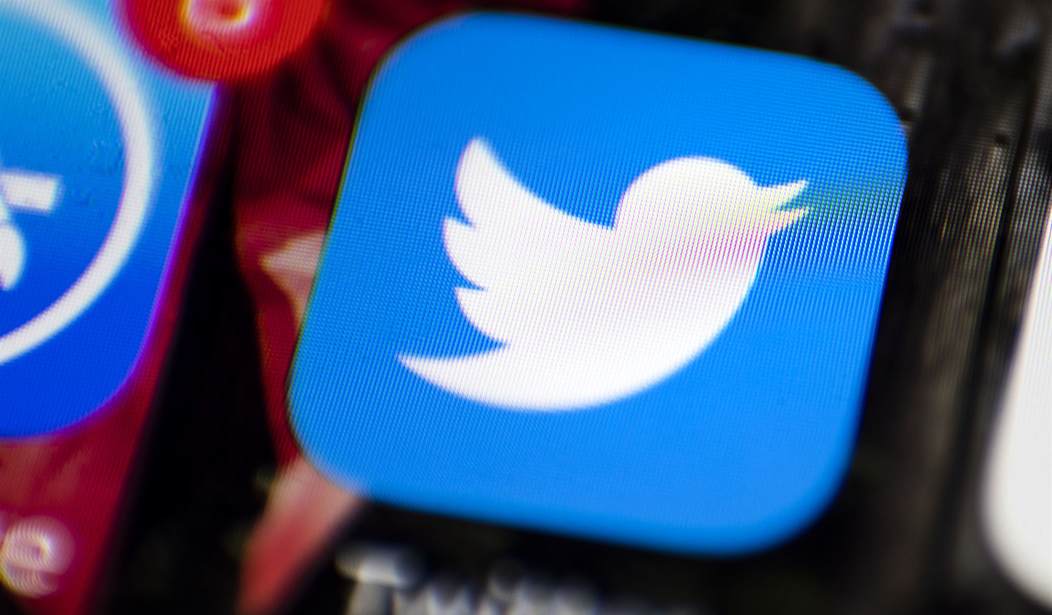



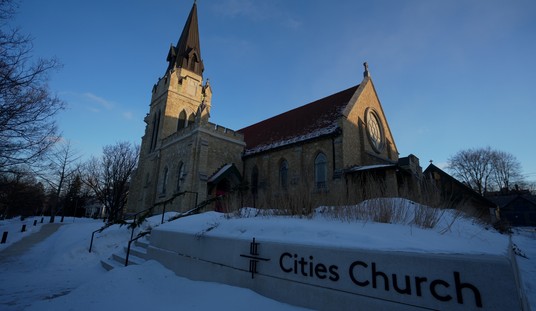
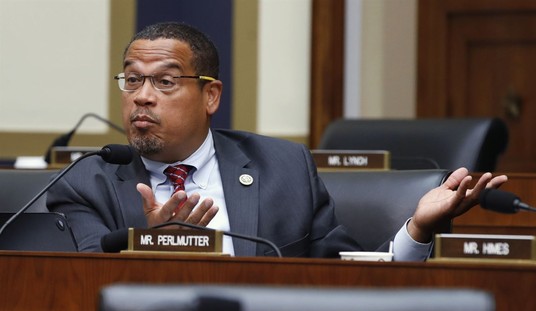


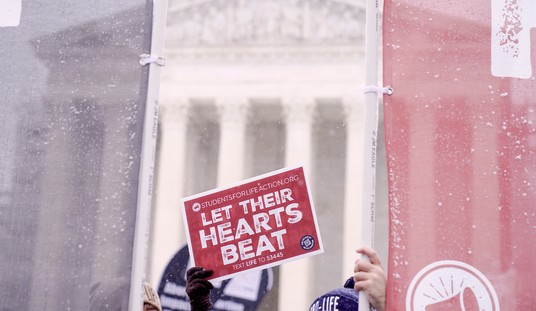
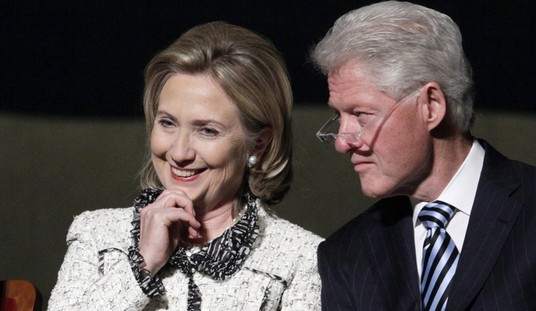





Join the conversation as a VIP Member